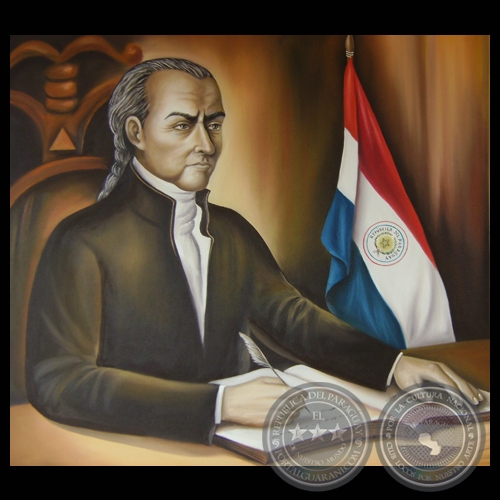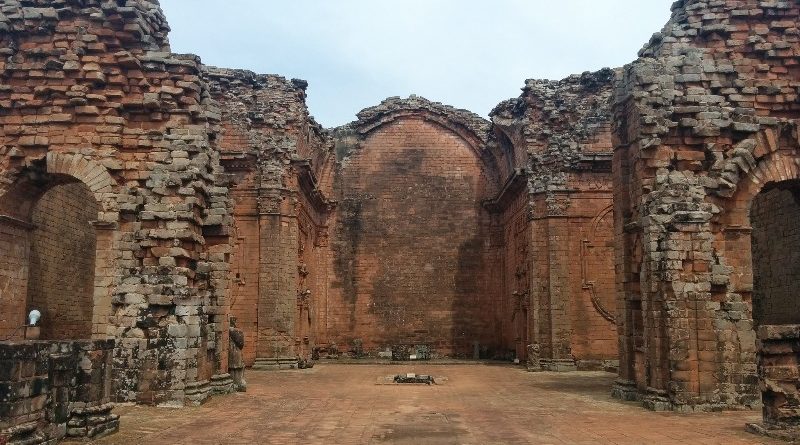Paraguay has a rich and somewhat tumultuous history that gives this area great historical attractions and cultural diversity.
Over a thousand years before the Spanish conquest of South America, Paraguay was the home of the Guaraní Indians. The Guarani developed a complex culture based on chiefdoms and sedentary agriculture.
In 1516, a ship-wrecked survivor named Aleixo García befriended the Guarani and explored inland, attracting other explorers to area. Only a few decades later, Spanish men began to arrive in droves, bringing European imperialism and colonial tradition. Local native women married the Spaniards, and a new middle class of mixed descendancy quickly filled the countryside and cities.
For 200 years, from the 1600s to the 1800s, Paraguay was ruled by reckless and usually inhumane governors. The Jesuit missionaries spread into the countryside, establishing well-run homes called “reducciones.” These offered the natives who converted a safe home from Portuguese raiders and a higher standard of living. Accordingly, the Jesuits became quite rich and influenced Paraguay more than the ruling governorship.
In 1767, Spanish King Charles III expelled the Jesuits in an effort to gain their wealth. A few decades later, the French Revolution and the subsequent invasion of Spain by Napoleon Bonaparte led to a colonist revolt that crippled Spanish control of the colony. In 1811, Paraguay declared its independence from Spain.

José Gaspar Rodríguez de Francia is one of Paraguay’s most notable historical figures. He rose to supreme dictatorship over Paraguay by 1816. A calculating dictator, Francia closed the country to new visitors and executed those who tried to leave. Francia built Paraguay into a successful economic giant by rewarding the common peasants and farmers with the wealth of the social elite he persecuted.
Between 1865 through 1870, the War of the Triple Alliance (in which Paraguay fought Brazil, Argentina, and Uruguay) nearly destroyed the country. Following the war, Paraguay established a two party political system consisting of a party called the Colorado and a party called the Liberal. In 1870, the first Colorado-ruled era began and social elitism was reborn in Paraguay. Land was seized to pay debts from the Triple Alliance War and many people emigrated from Paraguay as penniless peasants.
The Liberal party overthrew the Colorados at the beginning of the 1900s, and over the next 40 years, 21 different governments came to power. Political instability and factional fighting was the norm between 1900-1940 and feudalism emerged in the Paraguay countryside. In 1934, the Chaco War broke out between Paraguay and Bolivia about the Chaco region of the country, and Paraguay swiftly won when Bolivia’s untrained native army fought poorly. The war united the Paraguay army, and by 1936 the army had taken over the government.

During World War II, Paraguay remained relatively neutral and did not view Germany as a threat. In 1954, Alfredo Stroessner Mattiauda of the Colorado party was elected and would rule Paraguay until 1989 with an iron fist. The Colorado Party remained in power until 2008, when a non-party candidate was voted into office.
Paraguay’s rich history provides a great backdrop to the wonderful tourist attractions available to the traveler. This basic history will give you the knowledge to appreciate the struggle and triumph of this small South American country.

